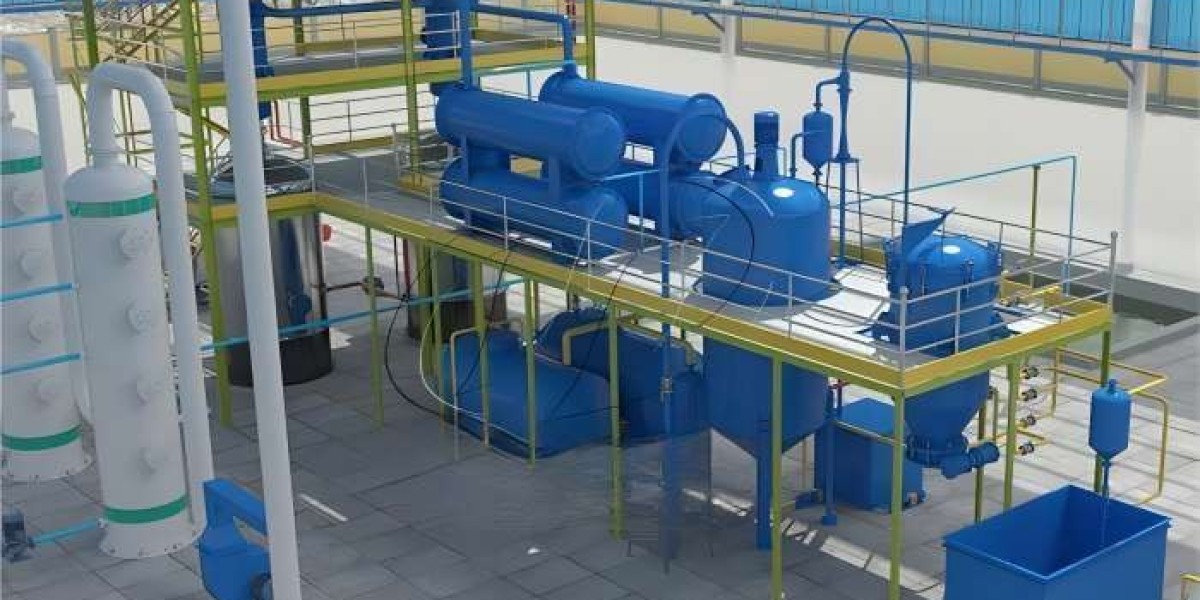In the lubricant manufacturing value chain, the “blending” step is pivotal. The plant known as a PurePath Chemical Engineering Technology Co., Ltd.’s Lube Oil Blending Plant (PPGT-LBP) is designed to produce finished lubricating oils by mixing base oils with various additives. This article explores the key operational and technical aspects of such a facility.
First, the feedstocks: The base oils used may include Group 1, Group 2, Group 3, GTL, SN500, SN150, SN70, BS grades, etc. (The website specifies these typical types of base oil). Depending on the required lubricant grade, the ratio of base oil to additive varies from about 85:15 to 90:10. Additives might include viscosity-modifiers, detergents, dispersants, anti-wear agents, corrosion inhibitors, antioxidants, etc. These are critical to deliver the specifications (viscosity index, pour point, TBN, flash point etc).
The process – as described by PurePath – comprises:
Automatic dosing system (for accurate metering of base oil and additive streams)
Heating system (to raise base oil temperature to improve mixing/homogeneity since base oils are viscous)
Blending system (homogenizer or mixing vessel)
Tanks & pumps / piping & skid-mounted frame for handling flows and material movement
A PLC-based control system for monitoring dosing, flow rate, heating, mixing parameters, etc.
Optionally, filling and packaging production lines if integrated into the same facility.
Operating a blending plant effectively entails careful control of several parameters: temperature of the base oil (to get desired viscosity and mixing performance), additive dosing accuracy (small deviations could impact performance or fail specs), blending duration and mixing speed (to ensure homogeneity), final product hold tanks and filtration/quality checks before packaging. According to reference documentation, blending is typically at atmospheric pressure; heating to roughly ~60 °C is common to improve miscibility. After blending, the product is moved to storage, then filled in drums, pails, or bulk containers.
From a layout and engineering perspective, a blending plant often consists of a tank farm (for base oils and additives), blending/skid units, final product storage & filling, utilities (heating, pumps, instrumentation), and auxiliary systems (filtering, cleaning, packaging). The time for a batch may vary depending on size and product spec—one-to-three hours is typical in some plants.
The value of an integrated system like the PPGT-LBP is that by incorporating automatic dosing, heating, blending and PLC-control, the plant can achieve efficient, stable mixing and repeatable quality. PurePath emphasises that their design “could provide a efficient and stable mixing of mass”.
In short, a lube oil blending plant represents the convergence of chemical engineering (understanding fluid-viscosity, miscibility, additives), process engineering (dosing, mixing, heating, control systems) and plant operations (quality control, batching/filling, storage). For any operator entering or upgrading in the lubricant manufacturing space, understanding these technical and operational aspects is key to consistent product quality and competitive cost.








